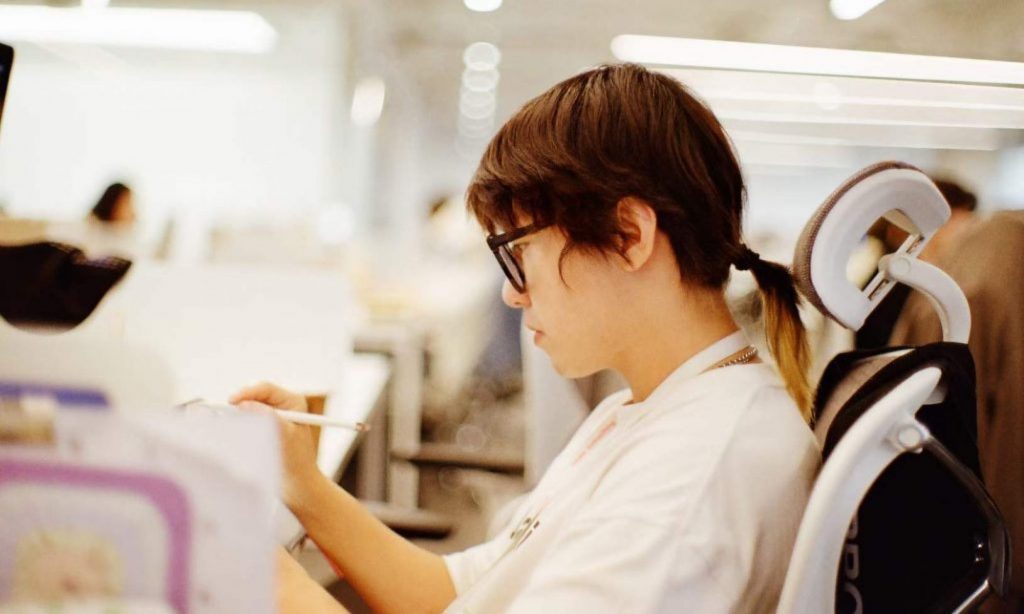During this simulated work experience, I found myself extremely disappointed, both in the tasks I was assigned and the overall planning of the project. The only task given to me was finding references and gathering a model list, but the list itself made absolutely no sense. Many of the objects on the list were extremely simple — things that could easily be found online for free or modeled from scratch in literally five minutes. There was no logic behind outsourcing such trivial work to team members when the group leader could have handled it independently in less time than it took to type out the request.
This left me feeling like my role was completely insufficient and unnecessary, with no real opportunity to apply my skills or contribute creatively. What made it worse was the fact that the entire assignment was scheduled to last two weeks, yet my actual workload amounted to barely 30 minutes of effort. The mismatch between the timeline and the amount of work was frustrating and illogical, and it felt like a complete failure in project planning and team management.
On top of that, the group leader’s refusal to meet or discuss the project properly only added to the disorganization. Even though I asked to meet in person to clarify the goals and workflow, he insisted on communicating purely through text messages, which made everything slower and less clear. With almost 80% of the work already completed by the group leader himself, there was practically no room left for the rest of the team to contribute anything meaningful.
This experience stood in stark contrast to my time working with the Brown RISD Game Development Club, where communication was smooth, the work was well-distributed, and everyone had a clear role with real creative input. That experience taught me how important collaborative planning and communication are for any successful team project, and this simulation highlighted exactly what happens when those are missing.
Overall, this project felt like a waste of time and a missed opportunity to learn anything useful. It also showed me just how irresponsible and inefficient poor project planning can be, especially when the work isn’t properly matched to the schedule or the skills of the team. I hope future projects will be better structured, with clearer communication and more meaningful work for all team members.
The following images were assigned to me by the team leader as part of my tasks for this two-week project. However, upon reviewing them, it became clear that these are some of the most basic, primitive shapes imaginable — objects so simple that they could either be sourced online for free or modeled from scratch in just a few minutes. Assigning these for a two-week period is completely illogical and unnecessary, showing a lack of consideration for both time management and team members’ skills:



The team leader mentioned that the project would follow a low-poly art direction, and as part of my assigned tasks, I was asked to find reference photos to support that style. Below are some of the references I found and selected, which I dedicated time to developing into a useful collection.
However, this task raised several concerns for me. Researching references is something that should typically be part of the pre-production phase, where the overall visual direction is decided before the actual work starts. Being asked to do this after the project was already underway felt unorganized and unprofessional, especially for a project with such a tight and simple scope.
This kind of disorganized workflow — assigning basic pre-production work mid-project — wastes time and prevents the team from focusing on actual production tasks, where creative and technical contributions are more valuable. It also made it difficult to feel like the project had any clear direction or plan, which contributed to the overall lack of efficiency and clarity throughout the experience.





















































































